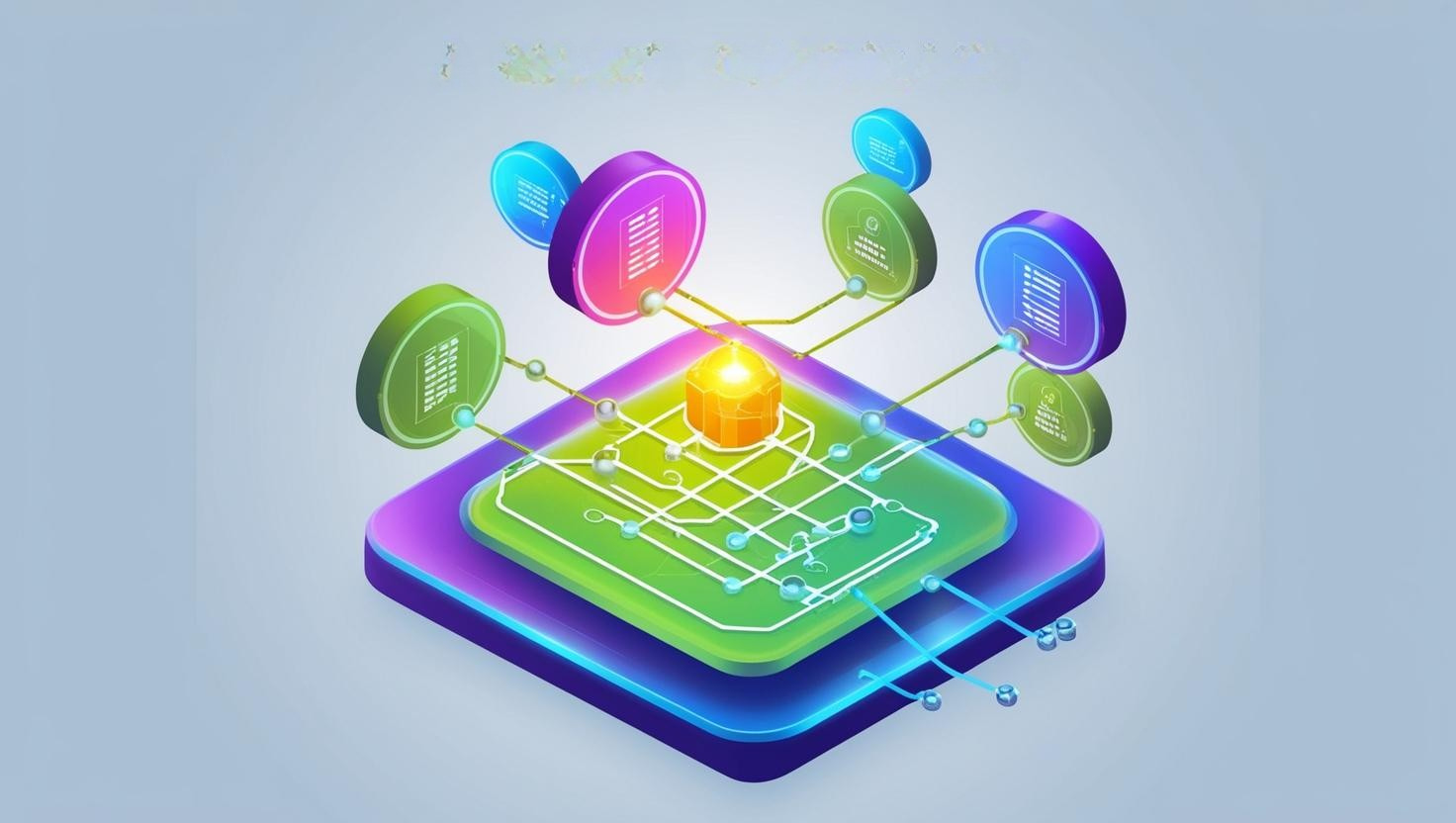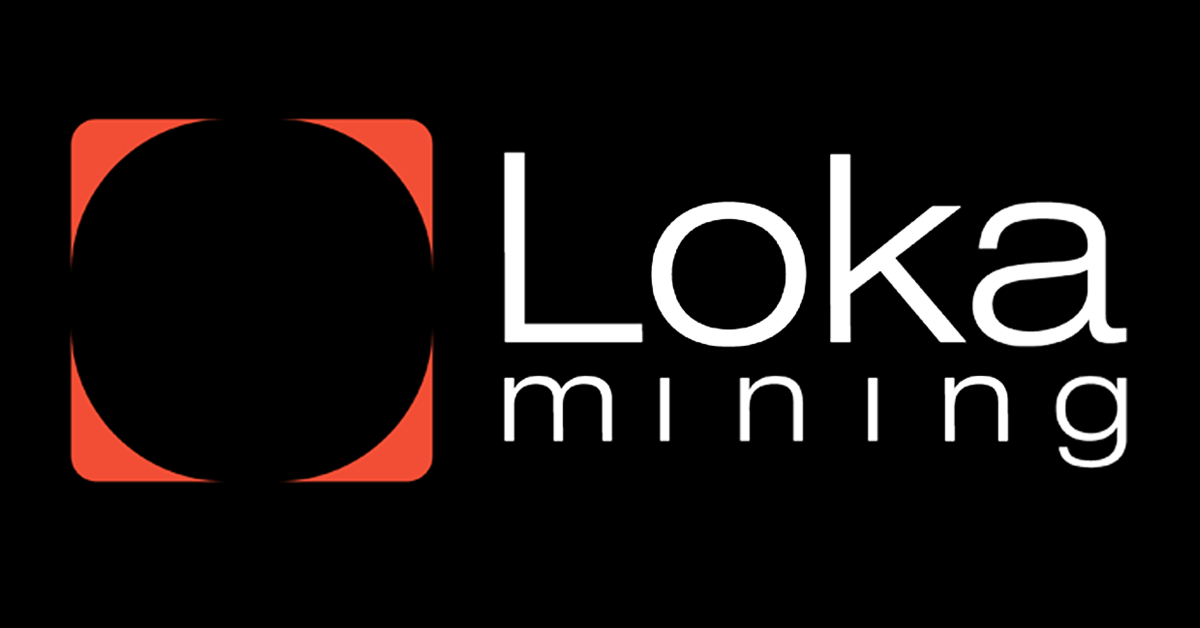Smart Contracts on Bitcoin: Exploring Their Potential and Limitations

Bitcoin, the first and most widely adopted cryptocurrency, was originally designed as a decentralized digital currency. However, its functionality has expanded significantly over the years. The introduction of the Taproot upgrade in 2021 marked a pivotal moment, enabling more advanced smart contract capabilities on the Bitcoin network. While smart contracts have been the hallmark of platforms like Ethereum, Bitcoin’s entry into this domain brings unique opportunities and challenges.
What Are Smart Contracts?
Smart contracts are self-executing programs that automatically perform actions when predefined conditions are met. These contracts are immutable and transparent, operating directly on the blockchain. Their applications range from financial transactions to complex decentralized applications (dApps).
For example:
- A smart contract can release funds to a seller only after the buyer confirms receipt of goods.
- It can manage automatic payments for subscriptions without intermediaries.
Bitcoin’s Journey into Smart Contracts
Bitcoin’s original scripting language was intentionally kept simple to prioritize security and prevent vulnerabilities. However, this simplicity limited its ability to handle complex programmable transactions. The Taproot upgrade has addressed some of these limitations by introducing several key features:
- Enhanced Privacy: Taproot enables complex transactions, like multi-signature setups, to appear identical to standard transactions, enhancing privacy.
- Reduced Transaction Size: By combining multiple scripts into a single output, Taproot reduces transaction sizes, which can lead to lower fees.
- Improved Flexibility: With Schnorr signatures and other enhancements, Taproot enables more sophisticated scripts for smart contracts.
Potential Applications of Bitcoin Smart Contracts
- Decentralized Finance (DeFi): Bitcoin smart contracts can enable decentralized lending, borrowing, and trading platforms, bringing Bitcoin into the DeFi ecosystem.
- Layer-2 Protocols: Layer-2 solutions like the Lightning Network leverage Bitcoin’s smart contract capabilities for faster and cheaper microtransactions.
- Tokenization: Smart contracts can facilitate the issuance and management of tokenized assets on the Bitcoin network.
- Multi-Signature Wallets: Taproot enhances the efficiency and privacy of multi-signature wallets, making them more secure and user-friendly.
- Escrow Services: Smart contracts can automate escrow transactions, ensuring funds are only released upon meeting specific conditions.
Limitations of Smart Contracts on Bitcoin
While Bitcoin’s foray into smart contracts is promising, it faces several challenges:
- Limited Programming Flexibility: Unlike Ethereum, which uses a Turing-complete language (Solidity), Bitcoin’s scripting language is intentionally non-Turing complete. This restricts the complexity of contracts that can be deployed on the network.
- Scalability Concerns: Bitcoin’s block size and transaction throughput remain constraints for handling large-scale smart contract activity.
- Higher Transaction Fees: Despite Taproot’s efficiency improvements, Bitcoin’s transaction fees are generally higher than those on newer blockchain platforms optimized for smart contracts.
- Developer Adoption: The Bitcoin developer community has been slower to adopt smart contract functionality compared to platforms like Ethereum or Solana, which were designed with programmability in mind.
- Competition from Specialized Blockchains: Ethereum, Binance Smart Chain, and other blockchains offer more robust smart contract capabilities, attracting developers and users away from Bitcoin.
Bitcoin vs. Ethereum: A Comparison of Smart Contract Functionality
| Feature | Bitcoin | Ethereum |
|---|---|---|
| Language | Non-Turing Complete (Bitcoin Script) | Turing Complete (Solidity) |
| Primary Focus | Digital Currency | Decentralized Applications (dApps) |
| Privacy Features | Enhanced with Taproot | Limited Privacy |
| Transaction Speed | Slower | Faster (with Layer-2 like Rollups) |
| Adoption for dApps | Limited | Extensive |
The Road Ahead: Future of Smart Contracts on Bitcoin
The potential of Bitcoin smart contracts lies in the continued development of its ecosystem. Future advancements could include:
- Wider Adoption of Taproot: As more wallets, exchanges, and developers integrate Taproot, the range of Bitcoin’s smart contract applications will expand.
- Layer-2 Innovations: Solutions like the Lightning Network and other layer-2 technologies will further enhance Bitcoin’s scalability and usability for smart contracts.
- Cross-Chain Interoperability: Bridging Bitcoin with other blockchains could unlock new opportunities, allowing Bitcoin to participate in broader decentralized ecosystems.
- Development Tools: The creation of developer-friendly tools and frameworks will encourage innovation in Bitcoin’s smart contract space.
Conclusion
The introduction of smart contracts on Bitcoin, bolstered by the Taproot upgrade, represents a significant evolution for the network. While its capabilities remain more limited compared to Ethereum and other programmable blockchains, Bitcoin’s focus on security, privacy, and decentralization sets it apart.
The future of Bitcoin smart contracts depends on continued innovation and adoption within its ecosystem. As developers and users explore these possibilities, Bitcoin has the potential to carve out a unique role in the world of programmable money—leveraging its reputation as the most secure and decentralized blockchain to drive meaningful advancements in decentralized finance and beyond.
This article presented by Loka Mining.
Loka is revolutionizing the Bitcoin mining ecosystem by directly connecting investors with Bitcoin miners through a decentralized mining pool and an upcoming permissionless forward hashrate marketplace protocol.
Loka enables investors to get Bitcoin at lower than market price without centralized & counter-party risks, and Bitcoin miners to access capital efficient financing and hedge their risk exposure by selling their future mining rewards.
Find out more about loka in https://lokamining.com — or access our mining pool aggregator on https://pool.lokamining.com





